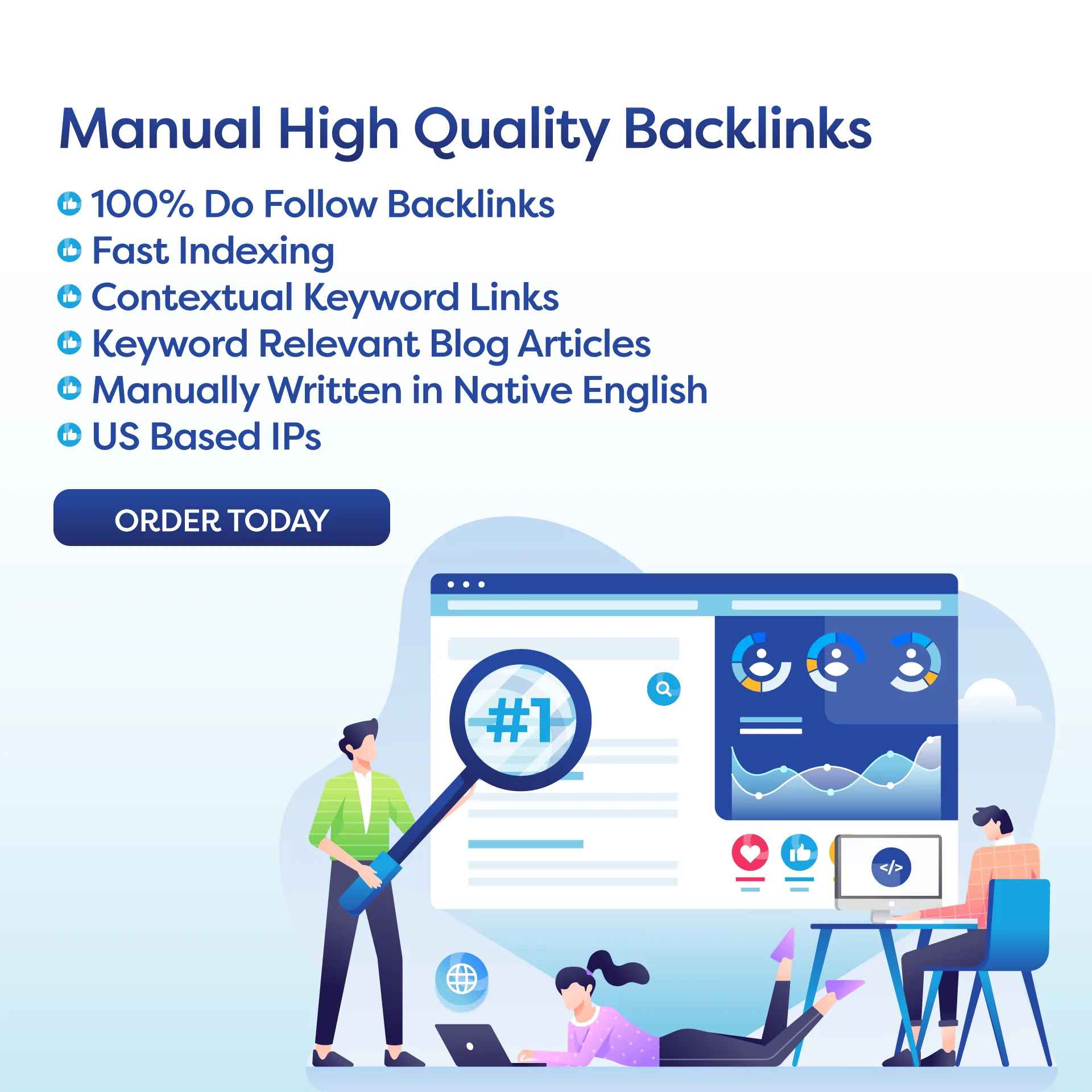This comprehensive guide for SEO beginners emphasizes the importance of internal linking strategies to boost website SEO. Internal linking involves linking one page of a website to another within the same domain, improving user experience and SEO performance. Strategic placement of internal links, optimizing anchor text, and link relevance are key aspects to focus on. Benefits include improved user experience, website navigation, and reduced bounce rate. Developing an action plan based on keyword research and content relevancy is recommended. By implementing best practices and understanding the importance of internal linking, beginners can optimize their website for search engines and attract more targeted traffic.
Excerpt: Want to boost your website’s SEO? Learn about the power of internal linking strategies in this comprehensive guide for SEO beginners.
Introduction:
As an SEO beginner, mastering internal linking strategies is essential to improve your website’s search engine ranking and drive more organic traffic. Internal linking involves linking one page of a website to another page within the same domain. By strategically placing internal links throughout your website, you can enhance the user experience, increase the visibility of your content, and improve your website’s overall SEO performance. In this article, we will explore the best practices for implementing internal linking strategies to optimize your website for search engines and attract more visitors.
Key Takeaways:
1. Understand the importance of internal linking for SEO.
2. Learn how to strategically place internal links on your website.
3. Discover the best practices for optimizing anchor text and link relevance.
4. Explore the benefits of using internal linking to improve user experience and website navigation.
5. Develop an action plan to implement effective internal linking strategies on your website.
Key Point 1: Importance of Internal Linking for SEO
– Internal linking plays a crucial role in the overall SEO strategy of your website.
– By creating a network of internal links, you establish a relationship between your website’s pages, making it easier for search engines to crawl and index your content.
Key Point 2: Strategic Placement of Internal Links
– Place internal links within the body of your content to guide users to related or relevant information on your website.
– Create a hierarchical structure of internal links to prioritize important pages and boost their SEO visibility.
Key Point 3: Optimizing Anchor Text and Link Relevance
– Use descriptive anchor text that accurately describes the content of the linked page.
– Ensure the relevance of the linked pages to improve user engagement and increase the click-through rate.
Key Point 4: Benefits of Improved User Experience and Website Navigation
– Internal linking enhances the user experience by providing easy access to additional information on your website.
– Improving website navigation helps users find relevant content quickly and reduces the bounce rate.
Key Point 5: Action Plan for Implementing Internal Linking Strategies
– Conduct a thorough audit of your website to identify pages that can benefit from internal linking.
– Develop a linking strategy based on keyword research and content relevancy to maximize the SEO impact.
– Monitor the performance of your internal links using tools like Google Analytics to track user engagement and conversion rates.
Conclusion:
Mastering internal linking strategies is essential for SEO beginners to optimize their website for search engines and attract more organic traffic. By understanding the importance of internal linking, strategically placing internal links, optimizing anchor text and link relevance, and enhancing user experience and website navigation, you can improve your website’s SEO performance and drive more targeted traffic. Implementing these best practices and developing an action plan will help you achieve your SEO goals and establish a strong online presence.
FAQs:
Q: How many internal links should I include on a page?
A: There is no set number of internal links that should be included on a page. The key is to use internal links strategically and only link to relevant and related content.
Q: Should I use exact match anchor text for internal links?
A: While exact match anchor text can be helpful for SEO, it is important to prioritize user experience and relevance when choosing anchor text for internal links. Use descriptive and natural anchor text that accurately reflects the content of the linked page.

